In a world where our personal environmental impact is high on the agenda, a green funerals or green funeral coffins may be something that you are considering for yourself or for a family member. Even if you’re not, chances are you’ve at least heard of a green funeral – perhaps you’ve heard them referred to as ‘natural burials’ or ‘eco funerals’.
In our first part, we discussed the pros and cons of embalming, and how much of an impact it can have on planning a funeral, and indeed on the environment.
Foregoing embalming is not the only step you can take to have a greener funeral. In part 2 below, we discuss the the vessel in which your loved one will be carried.
Green Funerals Pros and Cons – Part 2
Coffins
The coffin is, for many, a hugely important part of their loved one’s funeral ceremony. A smart, sleek coffin can ensure that the person being remembered maintains an aura of dignity during the event. However, coffins made of metal or solid timber can take years to fully decompose, which is why people are now looking to other materials to send off their loved ones in. Each of these materials has its own set of pros and cons; we have listed them in vague order of least- to most-environmentally conscious.
 Stone Coffins
Stone Coffins
Pros: Stone coffins are generally used if the casket will be on display somewhere, like a crypt, because they’re exceptionally long-lasting. They are also strong and robust, and good for preserving the deceased for a longer period of time. They also look good.
Cons: Stone coffins are extremely heavy, and they’re also prohibitively expensive to produce, because they require a skilled artisan to fabricate, because stone as a material is difficult to work with. They also basically don’t biodegrade at all, and they’re immensely old-fashioned.
 Metal Coffins
Metal Coffins
Pros: Metal coffins are robust and strong. They are an excellent choice if the body needs to be transported by air or sea to its final resting place.
Cons: Metal coffins aren’t particularly visually appealing. They’re also expensive, relatively heavy, and take a very long time to biodegrade.
 Wooden Coffins
Wooden Coffins
Pros: Wooden coffins are the most popular choice in modern-day funerals. They’re cost-effective, the material is easy to work with, and they look great. The flexibility of the material also means they’re available in a range of styles, meaning families are often spoilt for choice. Unlike metal and stone coffins, they can also be used for cremations.
Cons: They can be heavy, although not as heavy as the two mentioned above, and they take longer to biodegrade than you might think due to things like glossy overcoats.
 Cardboard Coffins
Cardboard Coffins
Pros: Cardboard coffins are lightweight and easy to transport. They are extremely environmentally friendly because they decompose rapidly, and require very few resources and energy to produce.
Cons: Aesthetically, there is room for improvement, although designs of cardboard coffins are getting better every year. Depending on the quality, the strength of the coffin may also be an issue.
 Wicker/Bamboo Coffins
Wicker/Bamboo Coffins
Pros: Bamboo or wicker coffins are extremely sustainable – bamboo is the fastest-growing plant on Earth, and most casket manufacturers do not use the type of bamboo that pandas eat to make coffins. They also look far better than cardboard coffins and are generally stronger, without compromising on environmental impact.
Cons: Generally, these types of coffins are only available in a standard shape and design, meaning there’s little scope for choice.
Plant-Based Coffins
Plant-based coffins are not something that are widely available – indeed, only very recently was a ceremony conducted for the first time with a ‘living coffin’ made out of mushroom fibre. But they would be the most environmentally friendly option of the lot should they become popular – although given they only come in one style and one colour – mushroom white – it might be a while until they start taking off.
There are other materials types that we haven’t discussed here, and for extremely green funerals you can also make use of a ‘shroud’ during the ceremony, which foregoes the idea of a coffin entirely.
In Part 3, we’ll talk about Natural Burial Grounds. Stay tuned!
This post was written by Mark Gregory.


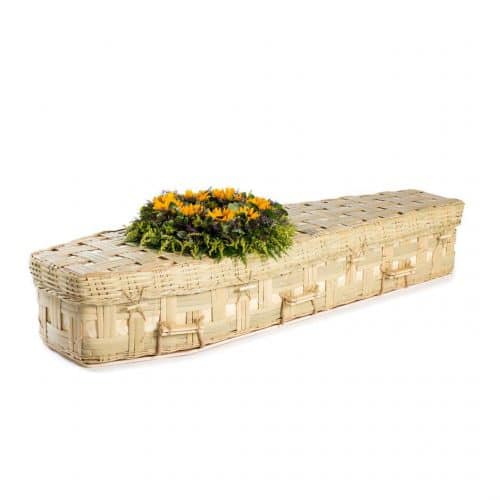
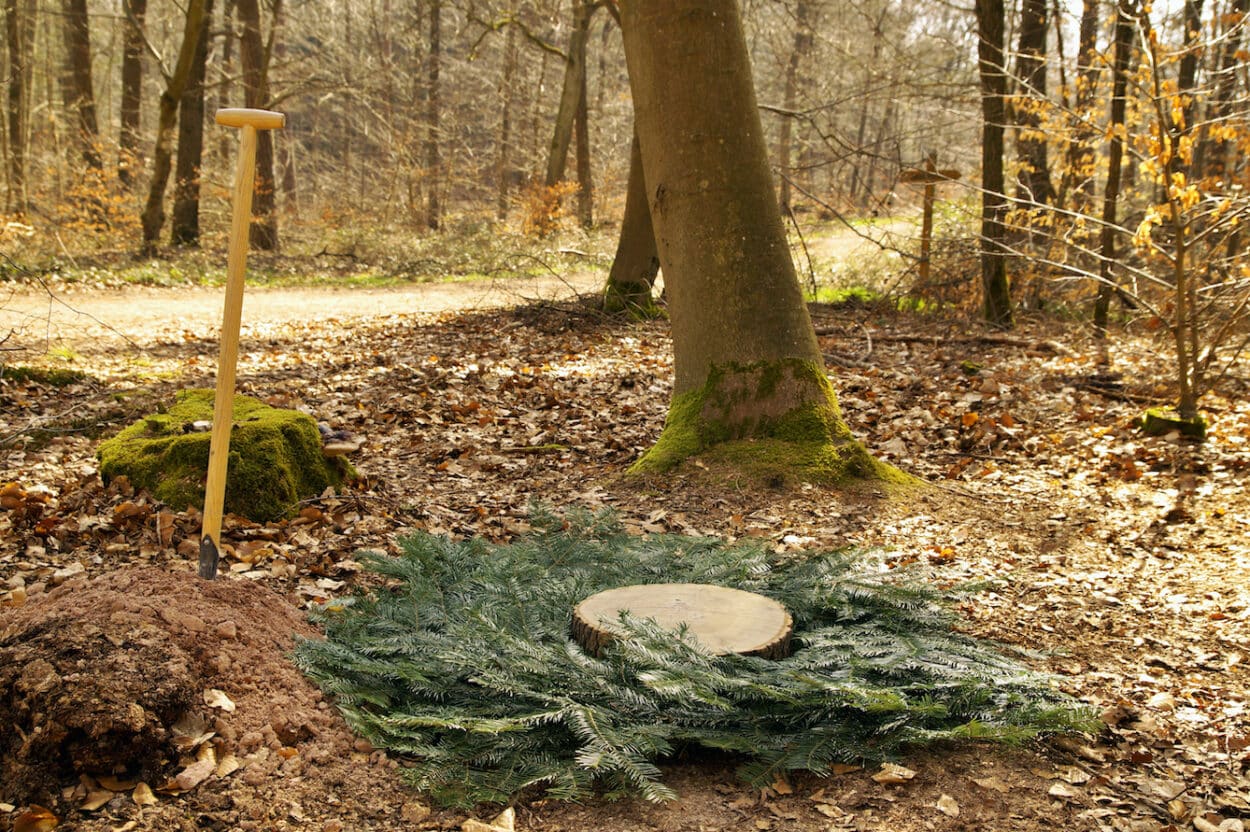
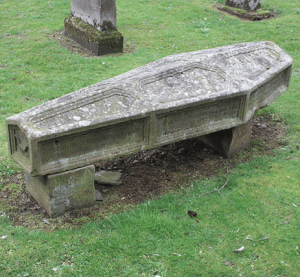 Stone Coffins
Stone Coffins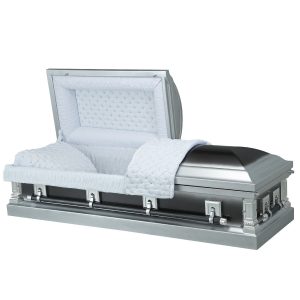 Metal Coffins
Metal Coffins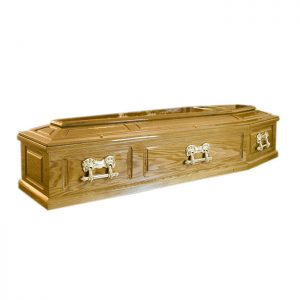 Wooden Coffins
Wooden Coffins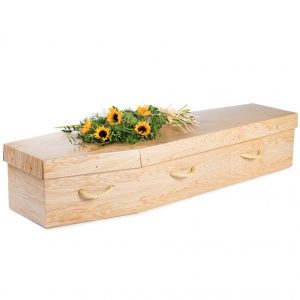 Cardboard Coffins
Cardboard Coffins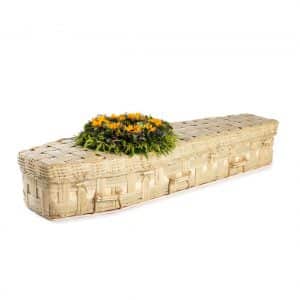 Wicker/Bamboo Coffins
Wicker/Bamboo Coffins